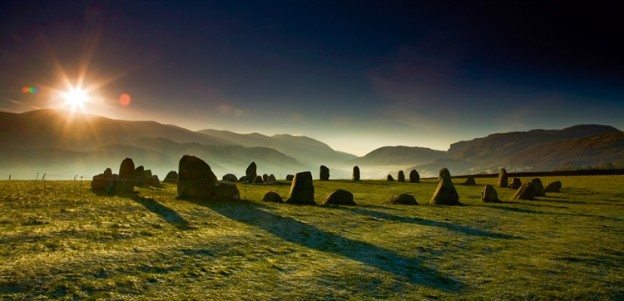The Lake District is famed for its beauty. One of the wildest places in Britain, it boasts impressive moors, fells, lakes and mountains as well as archeological ruins. A first-time visitor to the Lake District might be slightly overwhelmed by the sheer amount of incredible sites, so we have compiled a list of the most beautiful ones around.
Crummock Water
Crummock Water is a stunning two-and-a-half-mile long lake bordered by the Fells of Melbreak and Grassmoor. It is partially fed by the largest waterfall in the Lake District – the 170-foot Scale Force. As one of the less well-known lakes in the area for tourists, it can be a truly peaceful and impressive place free from the sometimes bustling beauty spots included in the guidebooks. Residents of the North Lakes Country Park, which has scenic static caravan holiday homes https://northlakescountrypark.com/, often make the short drive to Crummock Water.
Grasmere
Grasmere is a small, picturesque village in the central fells. It is most well known for being the former home of the legendary English poet William Wordsworth – as his poem ‘Home at Grasmere’ notes. Wordsworth, who was so inspired by the dramatic beauty of the Lake District, lived at Dove Cottage. Today, the village is remarkably peaceful and is a great starting point for walks deep into the moorland. Several tea rooms service the thirsty traveller in need of a rest.
Kirkstone Pass
Kirkstone pass is an incredibly dramatic mountain road. If you intend to travel there by car, you should consider the famously steep and narrow winding road that you will have to take. Once you reach the upper areas of the pass, however, the hair-raising journey will have been worth it. A topographical wonder zone, the pass is also handily serviced by an inn serving real ale. If you are planning on walking the pass, you need to pack for a mountainous journey.
Castlerigg Stone Circle
One of the great stone circles of the British Isles, Castlerigg is a fascinating and mysterious reminder of the Neolithic settlers that made their home in the mountains. Human beings first started to settle in the area around 5000 years ago, probably in order to mine for stone, and erected the Castlerigg stone circle around 3000 years ago. The true purpose of the circle is not completely understood by archeologists.
Shap Abbey
Built in the 12th Century on the banks of the River Lowther, Shap Abbey was once a place of great power and activity. Today, only ruins survive to bear witness to the monastic past of the area. A beautiful gothic tower remains standing – unable to be toppled by the reformists or the howling wind. The abbey was inhabited by an order of monks known as the Premonstratensians. Also known as the Norbertines, this order of religious men was famed for enforcing a very strict rule of poverty upon adherents. This did not stop them from accumulating a great deal of power over the local area and building an incredibly beautiful building in the form of Shap Abbey.







